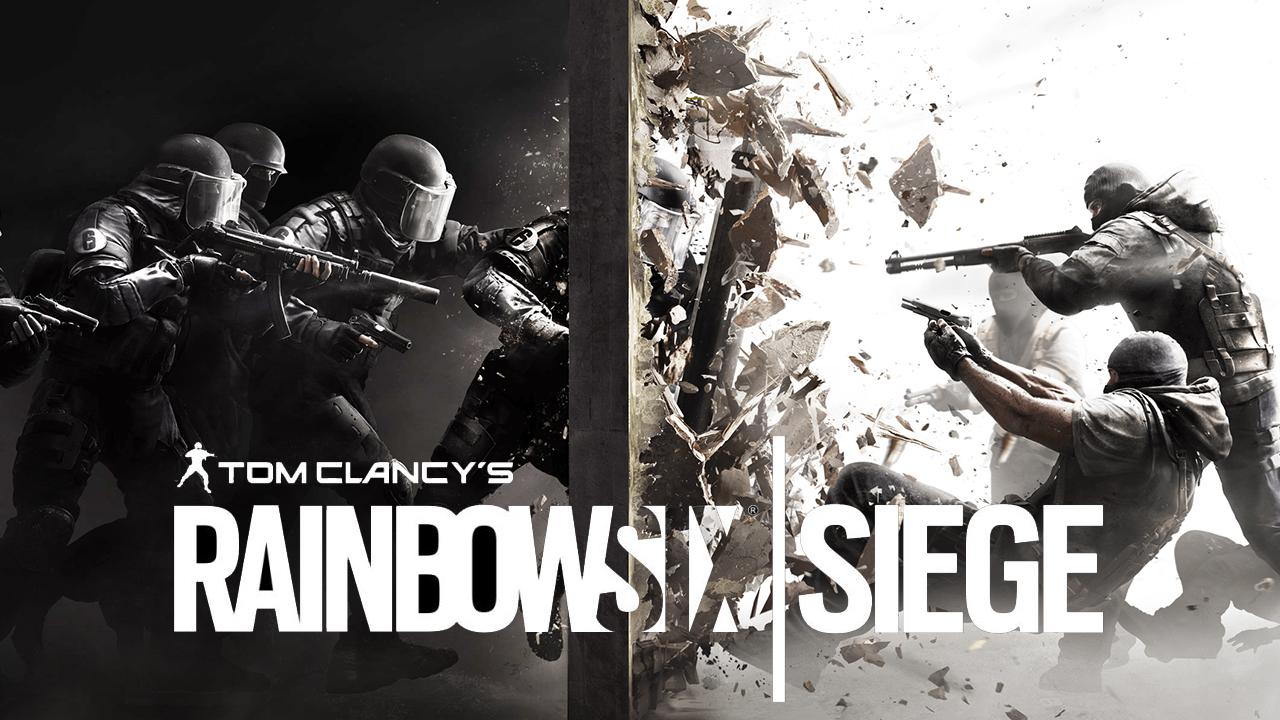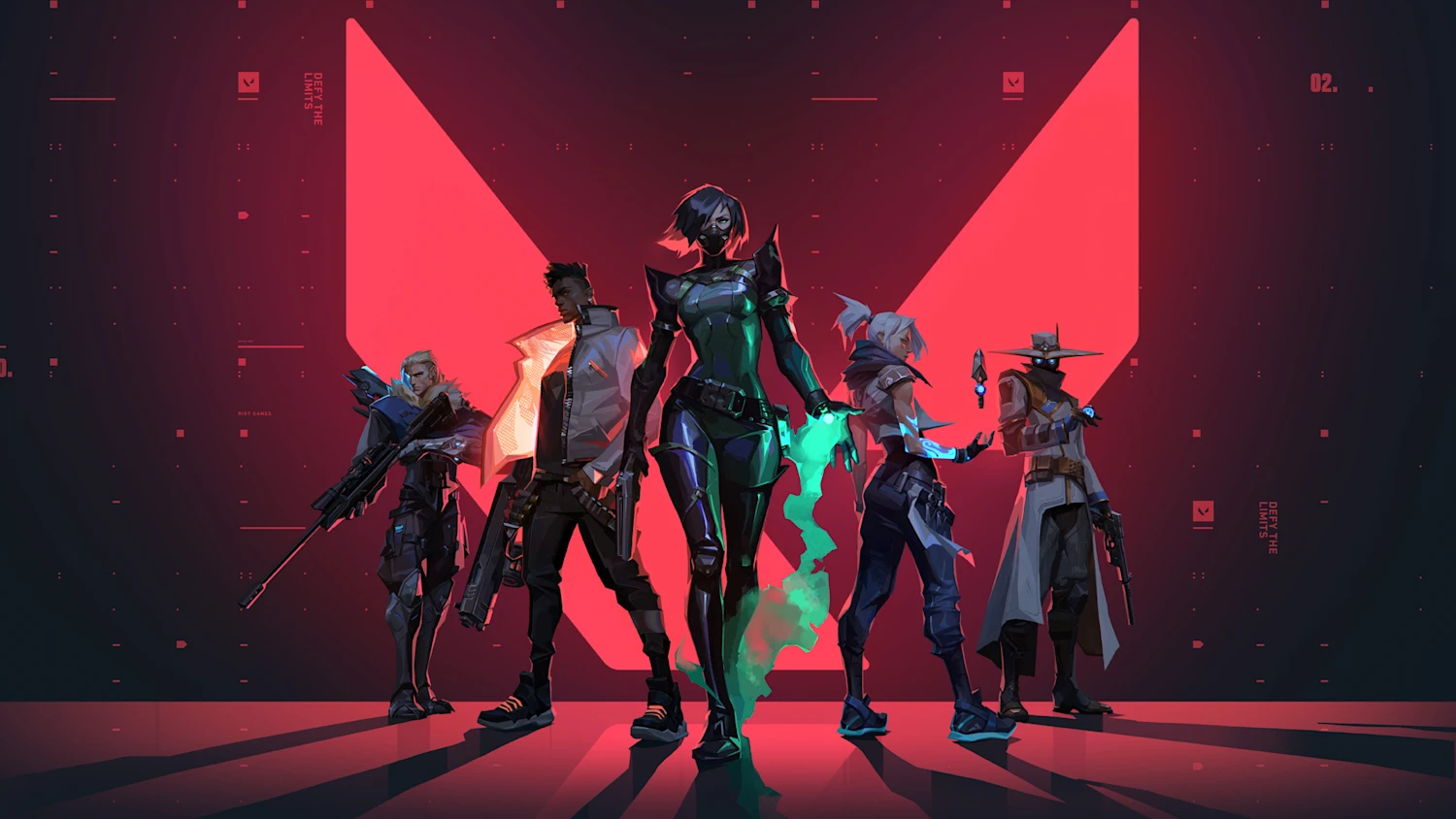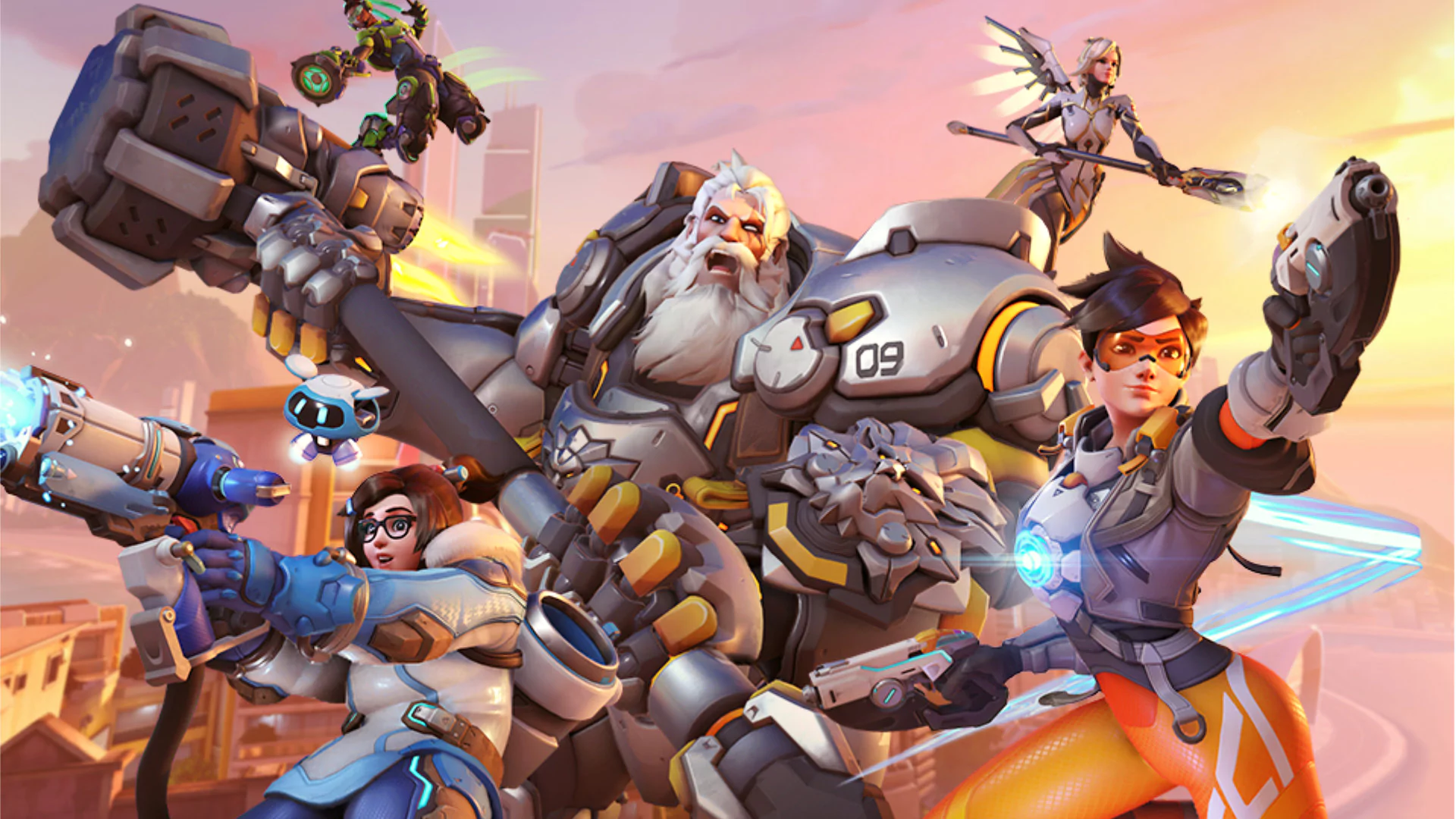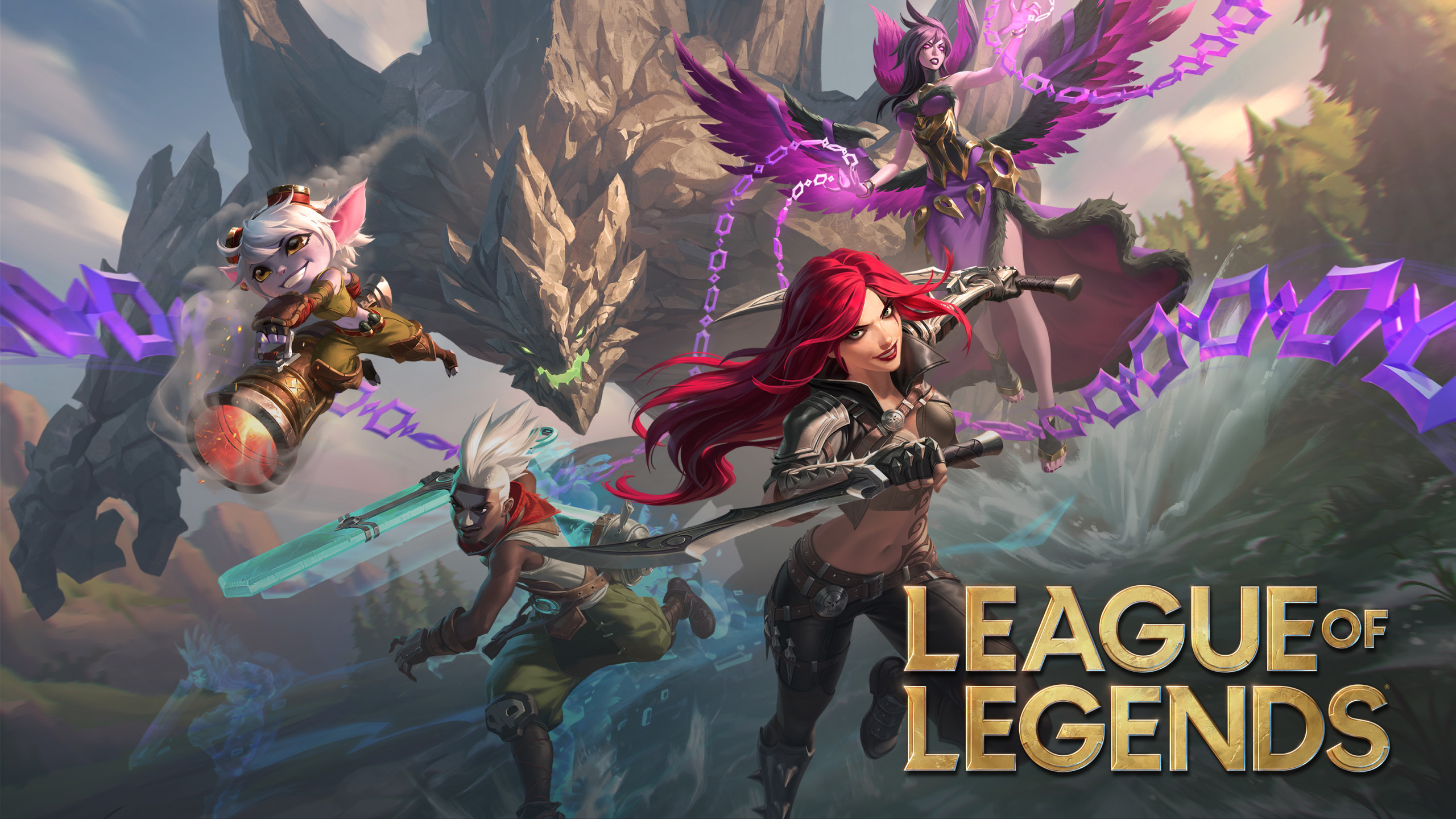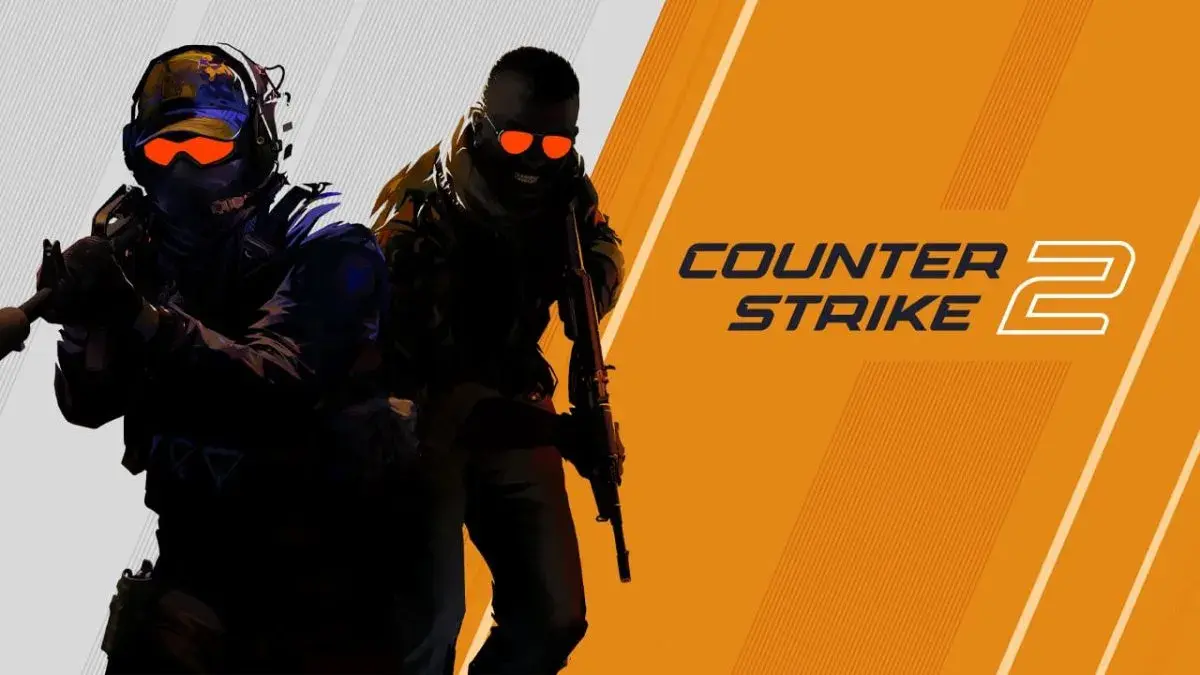"Blue stairs—no, the OTHER blue stairs! Left side! Your left, not mine!"
Sound familiar? Poor communication kills more Rainbow Six Siege rounds than bad aim ever will. In a game where information is currency and milliseconds matter, the difference between "enemy" and "Ash pushing blue hallway from east" determines who wins the 1v1.
Professional teams don't just communicate more—they communicate better. Every callout follows a protocol. Every piece of intel has priority. Every player knows exactly what information to share and when. These aren't skills you're born with; they're protocols you can learn and implement today.
Whether you're struggling in Gold because teammates don't make callouts or stuck in Platinum because your five-stack's comms devolve into chaos during clutches, mastering communication protocols immediately elevates your ranked performance.
Introduction
After analyzing communication patterns from thousands of ranked matches across all skill levels and studying professional team comms from ESL and Six Invitational matches, the pattern is undeniable: The teams that win aren't necessarily the best aimers—they're the best communicators.
Think about your last ranked loss. How many times did you die to an enemy your teammate saw but didn't call out? How many rounds did your team lose because everyone talked over each other during a crucial moment? How many site executes failed because attackers committed at different times with no coordination?
These problems aren't skill issues—they're communication failures. And unlike aim, which takes thousands of hours to perfect, communication protocols can be learned and implemented immediately with dramatic results.
While finding teammates who naturally communicate well can be challenging, platforms like Jynx are making it easier with AI-powered matchmaking that considers communication style preferences, ensuring you connect with players who match your information-sharing approach.
Let's break down the exact communication protocols that separate coordinated teams from chaotic ones.
The Three-Part Callout Framework
Every piece of information you communicate should follow this structure: WHO, WHERE, WHAT.
WHO: Enemy Identification
Operator-specific callouts: Don't say "enemy"—say the operator. Each operator implies different threats and utility.
Examples:
- "Ash" = Fast, aggressive, likely pushing
- "Thermite" = Hard breach coming, protect denial
- "Lesion" = Gu mines on site, watch step
- "Caveira" = Silent Step active, group up
When you don't know the operator: Use descriptors: "Two-speed with ACOG on rappel" or "Shield op pushing hall."
Why operator identification matters: Your teammate hears "Ash southeast" and knows: Flashbang possible, speed 3 movement, likely entry fragging. They hear "Montagne southeast" and know: Shield, likely planting, need crossfire.
WHERE: Location Precision
Callout hierarchy from general to specific:
- Compass direction (North, East, South, West)
- Room name (Cigar, Hookah, Office, Kitchen)
- Specific location (Top red stairs, white van, piano)
Example progression:
- Basic: "Enemy east"
- Better: "Enemy Office"
- Best: "Ash Office doorway, white van cover"
Universal callout standards: Every map has community-established callouts. Learn them from:
- r6maps.com (interactive map callout guides)
- Pro League streams (listen to caster callouts)
- YouTube guides (VarsityGaming, Braction callout videos)
- Your team's agreed standard (document in shared doc)
Custom team callouts: Your five-stack can create shorthand, but make sure everyone knows them. Example: "Piano rush" might mean "Three attackers pushing Piano on Consulate," but only if your whole team knows that call.
WHAT: Action and Context
What is the enemy doing?
- "Rappelling" (outside threat)
- "Pushing" (active aggression)
- "Holding" (passive angle)
- "Rotating" (moving between positions)
- "Planting" (securing objective)
Add critical context:
- "Ash pushing Piano, injured"
- "Thermite rappelling white van, NOT breaching yet"
- "Vigil roaming Blue, has impacts"
Full three-part callout example: "Lesion, Piano, holding door with Gu mines already placed."
Your teammate now knows: (1) Which enemy, (2) Exact location, (3) What they're doing and what utility they've used.
This is exactly why AI-powered matchmaking is revolutionizing how gamers connect—it pairs players who communicate with similar detail and pacing, preventing friction between over-communicators and minimalist callers.
Drone Economy and Intel Management
Drones are the most valuable asset in Rainbow Six Siege after player lives. Managing drone economy separates good teams from great ones.
Preparation Phase Drone Protocol
Default preparation phase strategy:
- Players 1-2: Locate objective (if not known)
- Players 3-5: Park drones in safe spots NEAR site (not on site)
Why not drive onto site? Defenders will destroy them. Park drones in adjacent rooms, hallways, or outside windows where they survive prep phase.
Ideal drone park locations (examples):
- Bank Basement: Park drones in Parking Lot, Sewers entrance, Archives hallway
- Clubhouse Cash/CCTV: Park drones in Construction, Church stairs, Garage
- Consulate Consul Office: Park in Balcony, Press Room, Long Desk
Communication during prep:
- "Objective found Basement"
- "Parking drone Parking Lot"
- "Drone survived Sewers"
Action Phase Drone Management
Golden rule: Keep at least 3 drones alive for late round.
Role-specific drone responsibilities:
Entry fraggers: Often sacrifice your drone for real-time intel during your push. You need current information more than a saved drone.
Hard breach: Save your drone to check for denial utility (Bandit, Kaid) before committing gadget. A thermite charge wasted because you didn't drone costs the round.
Support players: You're the primary droner. Keep drones alive to clear for teammates during execute. Your job is often droning teammates onto site rather than fragging.
IGL (In-Game Leader): Keep drone alive if possible for post-plant intel and retake coordination.
Advanced Droning Tactics
"Drone for me" protocol: When a teammate is about to push, someone drones ahead.
Example communication:
- Pusher: "I'm pushing Piano, need drone"
- Droner: "I got you, droning now"
- Droner: "Clear Piano, one Smoke rotating from Billiards"
- Pusher: "Pushing now"
Drone handoff positions: After droning a room clear, park your drone in position for next player. Don't leave it in middle of room where it gets shot—park in corner watching the angle your teammate is pushing.
Post-plant drone positioning: After plant goes down, immediately get drones watching defuser from different angles. Defenders must expose themselves to disable, giving you easy eliminations.
Vertical drone denial: If defenders are holding from above/below, communicate: "They're playing vertical, we can't drone them." Adjust strategy rather than feeding drones to an angle you can't clear.
Site Setup Communication (Defense)
How your team sets up site determines success or failure before attackers even spawn.
Preparation Phase Coordination
Default setup callouts:
Reinforcements:
- "Reinforcing garage wall" (so teammate doesn't double-reinforce)
- "Leave hatch soft" (for rotation or Pulse play)
- "Don't reinforce between sites" (for rotation holes)
Rotations and line-of-sight:
- "Making rotation between sites" (impact/shotgun holes)
- "Opening line-of-sight to Hookah" (for crossfire)
- "Leaving wall soft for nitro throw"
Utility placement:
- "Kaid on garage wall" (denial placement)
- "ADS watching door" (Jäger placement)
- "Valk cam outside white van" (intel tool)
- "Lesion mines on approach" (trap locations)
Role Assignment Communication
Immediately establish who's playing where:
- "I'm anchoring Armory"
- "Roaming Piano"
- "Playing flex between sites"
- "Playing vertical from below"
Why this matters: If three players roam without communicating, site is empty and attackers get free plant. If everyone anchors, attackers get free map control and surround site.
Anti-Breach Coordination
Critical call for denial operators:
When playing Bandit or Kaid, actively communicate:
- "Tricking garage wall" (active Bandit trick)
- "Kaid placed, watching for Thatcher" (static denial)
- "EMP hit, redeploying denial" (after Thatcher destroys)
- "Can't trick anymore, wall is lost" (when denial fails)
Team response to denial calls: When you hear "Tricking garage," you know:
- That teammate is occupied and vulnerable
- Watch for flanks on them
- Prepare for breach when trick fails
- Listen for Thermite/Ace gadget destruction sound
Information Flow During Rounds
Not all information is equal. What you communicate and WHEN matters as much as HOW.
Priority Information System
Priority 1 - Immediate threats:
- Active push on your position
- Enemy planting defuser
- Teammate down (include location)
Example: "Ash pushing me Piano RIGHT NOW" > "There's two attackers outside"
Priority 2 - Tactical updates:
- Utility usage (Thatcher EMP, breach gadgets)
- Enemy operator identifications
- Injured enemies
Example: "Thermite injured blue stairs" > "I hit someone"
Priority 3 - Background intel:
- Enemy spawn location
- Estimated attacker position based on drones
- Utility you've placed
Example: "I have nitro for plant denial" > Dead silence
"Dead Comms" Protocol
When to go silent:
- Teammate in 1vX clutch situation
- Critical moment requiring audio focus
- Post-plant situation where sound is crucial
What to say when dead: Call ONLY critical information your alive teammate doesn't know:
- "Lesion behind you default plant"
- "They're planting connector"
- "Last one is Smoke with SMG-11"
What NOT to say when dead:
- "You should have peeked that"
- "Why didn't you check corner?"
- "I would have done X differently"
Criticism comes AFTER the round, never during.
Call Timing and Brevity
Bad communication: "So there's this Ash player and I think she's somewhere around the Piano area because I saw her drone earlier and she might be—"
Teammate dies to Ash while you're still talking.
Good communication: "Ash Piano."
Teammate holds angle, gets kill.
Make calls during downtime, not during action:
- Prepare during drone phase
- Call between action moments
- Save explanations for after round
Ready to find your perfect gaming squad? Jynx's AI matchmaking analyzes communication preferences and tactical alignment to connect you with compatible teammates who share your intel-sharing approach and competitive mindset.
Map-Specific Callout Standards
Different maps require different communication focuses.
Vertical-Heavy Maps (Clubhouse, Consulate, Bank)
Essential vertical callouts:
- "Above us [room name]" or "Below us [room name]"
- "Soft floor compromised" (they can shoot through)
- "Hatch destroyed [location]" (vertical access opened)
Example: "Buck above Cash, soft floor" means teammates watch ceiling and prepare for drop-in attack.
Multi-Site Maps (Border, Kafe, Theme Park)
When sites are separated:
- Always include which site: "Armory" vs "Archives"
- Call rotations: "Rotating Archives to Armory"
- Call which site attackers are pressuring: "They're hitting Archives hard"
Objective-Specific Calls (Bomb, Secure)
Bomb-specific calls:
- Defuser location: "Defuser dropped Billiards"
- Carrier identification: "Thermite has defuser"
- Plant progress: "Planting Piano" vs "Plant down Piano"
Secure Area-specific calls:
- "On objective" (you're contesting)
- "Off objective" (you left to roam/rotate)
- "They're securing" (enemy on point)
Team-Specific Communication Systems
Develop these protocols with your regular stack.
Standardized Shorthand
Create team-specific shorthand for complex strategies:
Examples:
- "Piano rush" = Fast three-man push onto Piano on Consulate
- "Default split" = Standard 2-2-1 defensive setup
- "Garage take" = Slow utility-based execute on garage wall
Document your shorthand: Maintain a shared document (Google Doc, Discord pinned message) listing your team's shorthand calls so everyone stays aligned.
IGL Call Priority
Designate one in-game leader (IGL) whose strategic calls override others:
During rounds, IGL makes:
- Execute timing calls ("Push in 5 seconds")
- Rotation calls ("Everyone collapse site")
- Plant calls ("Plant default, we have control")
Other players can:
- Provide information ("Three attackers white van")
- Suggest strategies between rounds ("Let's try Piano rush next round")
- Make individual tactical calls ("I'm pushing this Vigil")
They cannot: Override IGL mid-round or create strategic confusion with conflicting calls.
Post-Round Review Protocol
Immediately after round (win or loss), quick debrief:
- What worked: "Good plant denial"
- What didn't: "Lost Bandit trick too early"
- Adjustment: "Next round I'll play further from wall"
Keep it brief (15-30 seconds max), then ready up for next round.
After session, longer review:
- Watch VOD of critical rounds
- Identify communication breakdowns
- Practice specific scenarios in custom games
Common Communication Mistakes
Information Overload
Problem: One player narrating everything they see constantly, drowning out critical callouts.
Example of over-communication: "So I'm moving up stairs now, and I see a drone, I'm going to shoot it, okay got the drone, now I'm checking corner, clear corner, moving to window, I see a barricade, should I break it? I'll break it, breaking barricade now—"
Solution: Call only actionable information. Routine actions don't need callouts.
Vague or Late Callouts
Problem: "There's someone somewhere" (too vague) or calling enemy position after they've already killed you (too late).
Solution: Make calls the MOMENT you have actionable intel, with specific location.
Emotional Communication
Problem: "ARE YOU KIDDING ME HOW DID THAT NOT HIT" "THIS GAME IS BROKEN" "NICE TEAMKILL IDIOT"
Solution: Save frustration for after match. Negative comms during rounds destroy team morale and create tilt cascade.
Talking Over Teammates
Problem: Two players trying to make different callouts simultaneously, critical information gets lost.
Solution: If someone is mid-callout about immediate threat, wait 2 seconds before making your call unless it's more urgent.
How Jynx Helps Find Communicative Teammates
Communication style varies dramatically between players. Finding teammates whose communication approach matches yours is critical:
Communication density preferences: Some players thrive on constant communication. Others prefer quiet focus with critical callouts only. Jynx matches based on communication preferences to prevent friction.
Callout standard alignment: Players who use universal callouts match with others who follow same system. No more "Where's blue??" confusion.
Language and accent compatibility: Fast-paced tactical communication requires clear understanding. Jynx considers language fluency and accent compatibility for effective real-time intel sharing.
Tilt resistance and positive communication: Some players stay calm and communicate clearly under pressure. Others tilt and become toxic. Jynx's personality matching prioritizes players who maintain constructive communication even during losses.
Instead of gambling on random teammates' communication quality, AI-powered matchmaking connects you with players who communicate at your preferred style, density, and professionalism level.
Conclusion
Communication in Rainbow Six Siege isn't just talking—it's a disciplined system of information prioritization, standardized callouts, and tactical coordination. The difference between teams that win and teams that lose isn't mechanical skill; it's whether critical intel reaches the right player at the right moment in the right format.
Master the three-part callout framework (WHO, WHERE, WHAT) for every piece of information you share. Manage drone economy like the precious resource it is. Coordinate site setups with clear role assignments and utility calls. Maintain information flow discipline with priority-based communication and dead comms protocols when teammates clutch.
These aren't advanced professional techniques—they're foundational protocols any team can implement immediately. Your next ranked session, focus exclusively on communication quality. Don't worry about your K/D or rank. Just make better calls, drone for teammates, and maintain intel flow discipline.
You'll notice the difference within five matches. Your team suddenly knows where enemies are, what utility they've used, and when to execute. Rounds you used to lose become wins. Situations that felt chaotic become controlled.
Perfect communication won't make you a Champion overnight. But it will immediately make you a better teammate—and better teams climb ranks faster than better individuals.
Download Jynx today and discover how AI can help you find the perfect Rainbow Six Siege teammates in minutes—players who communicate clearly, call effectively, and maintain positive comms even under pressure.
Frequently Asked Questions
Q: What if my teammates don't follow communication protocols? A: Lead by example. Make clean, structured callouts consistently. Most players naturally adapt to higher communication standards when exposed to them. For regular teammates, share this guide and discuss implementing these protocols together.
Q: Should I use voice or text chat for callouts in ranked? A: Voice is essential for real-time tactical callouts. Text is too slow for "Ash pushing Piano RIGHT NOW" moments. If you can't use voice, Rainbow Six Siege competitive play becomes dramatically harder. Ping system helps but isn't sufficient for complex intel.
Q: How do I learn all the map callouts? A: Start with priority sites on each map (the ones commonly played in ranked). Learn 3-4 sites deeply before trying to learn every room. Use r6maps.com to study callouts, then practice in custom games calling out your position as you move. Within 20-30 hours you'll know standard callouts.
Q: What if I make a wrong callout and my teammate dies because of it? A: Immediately correct: "My bad, they rotated to Hookah, not Piano." Acknowledge mistake, provide updated info, move on. Don't dwell on it mid-match. Review after session to understand what caused wrong call.
Q: How much communication is too much in Rainbow Six Siege? A: If teammates are asking you to talk less or if critical callouts get lost in your constant narration, you're over-communicating. Aim for information density: high value, low volume. Quality over quantity.
